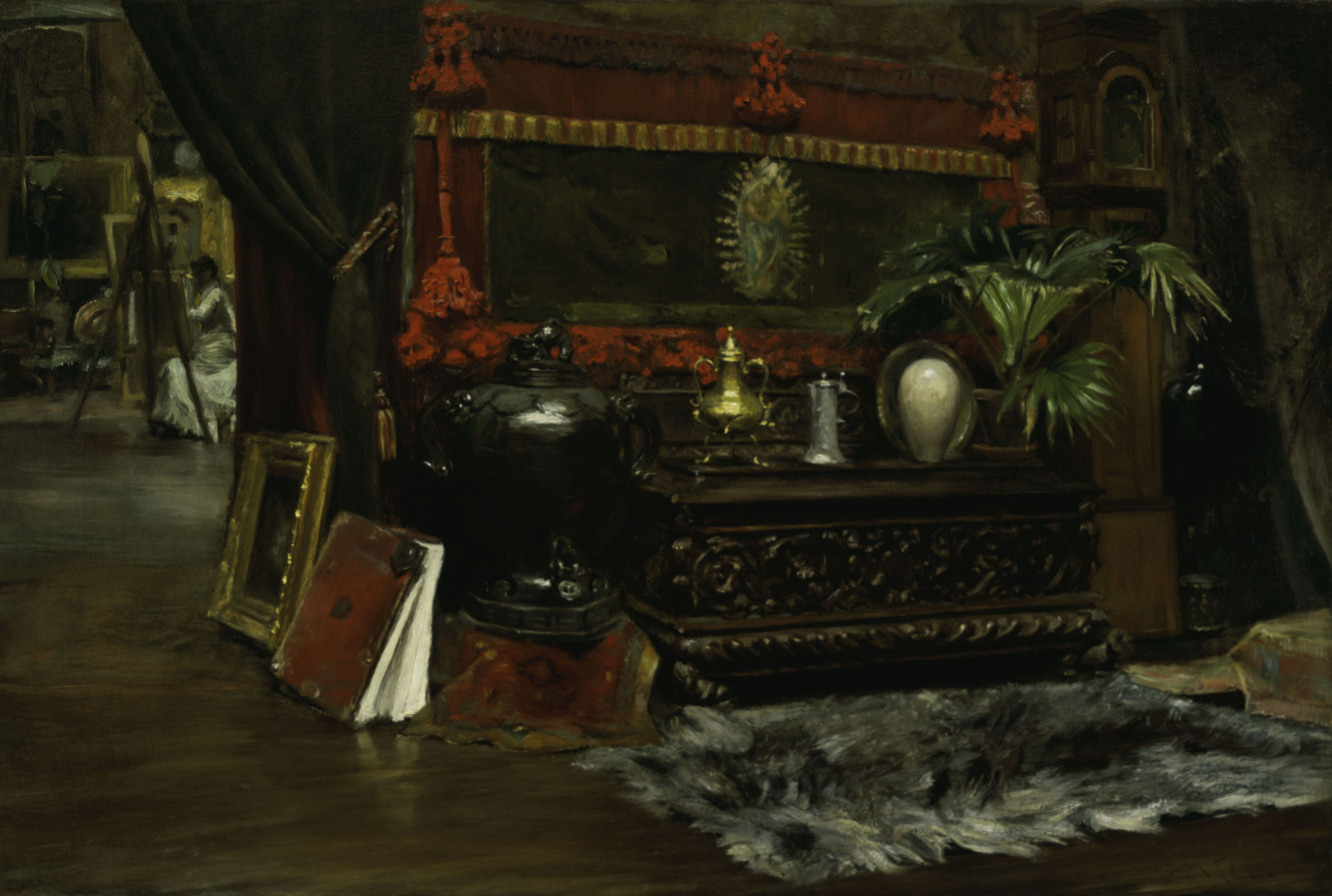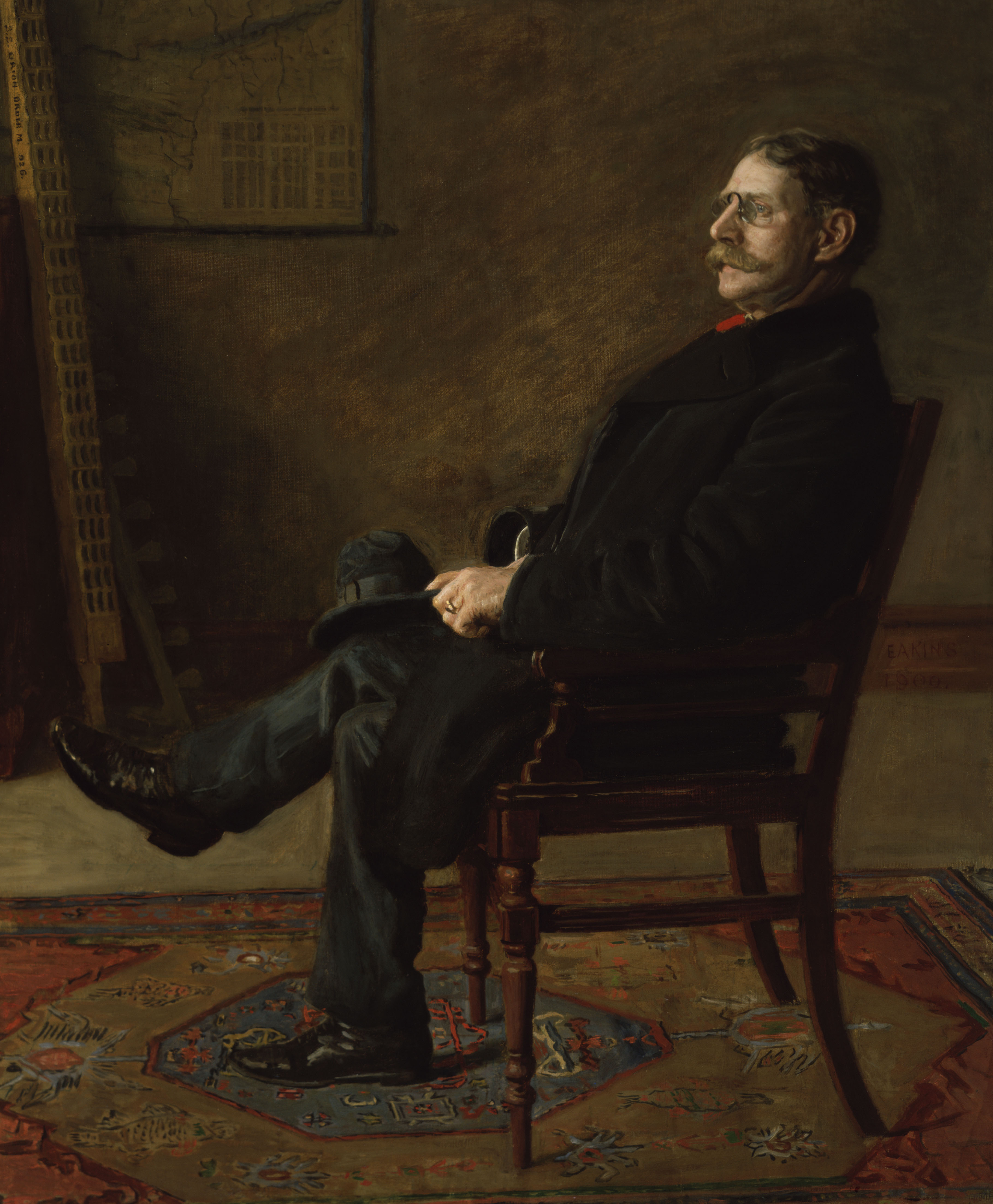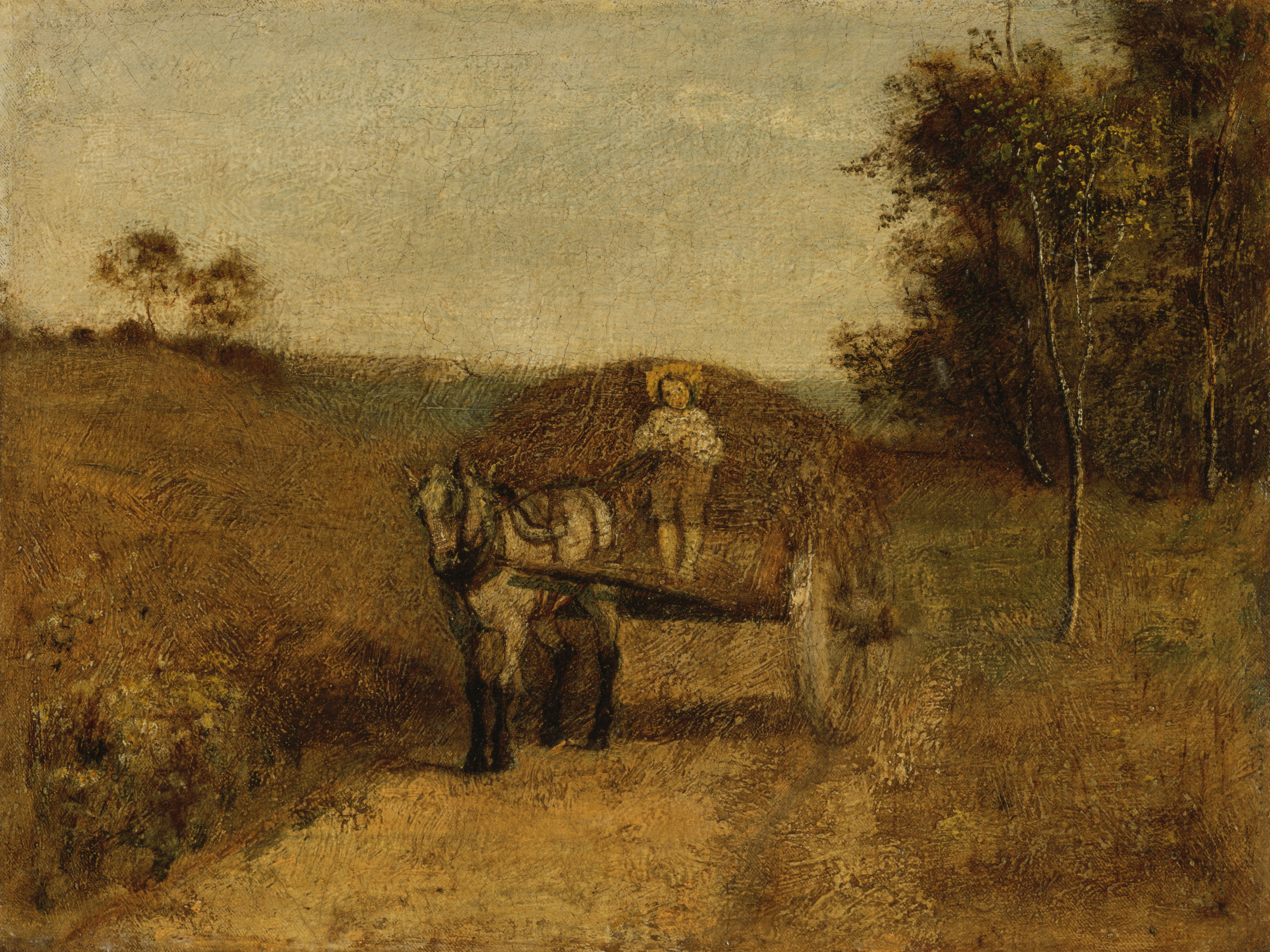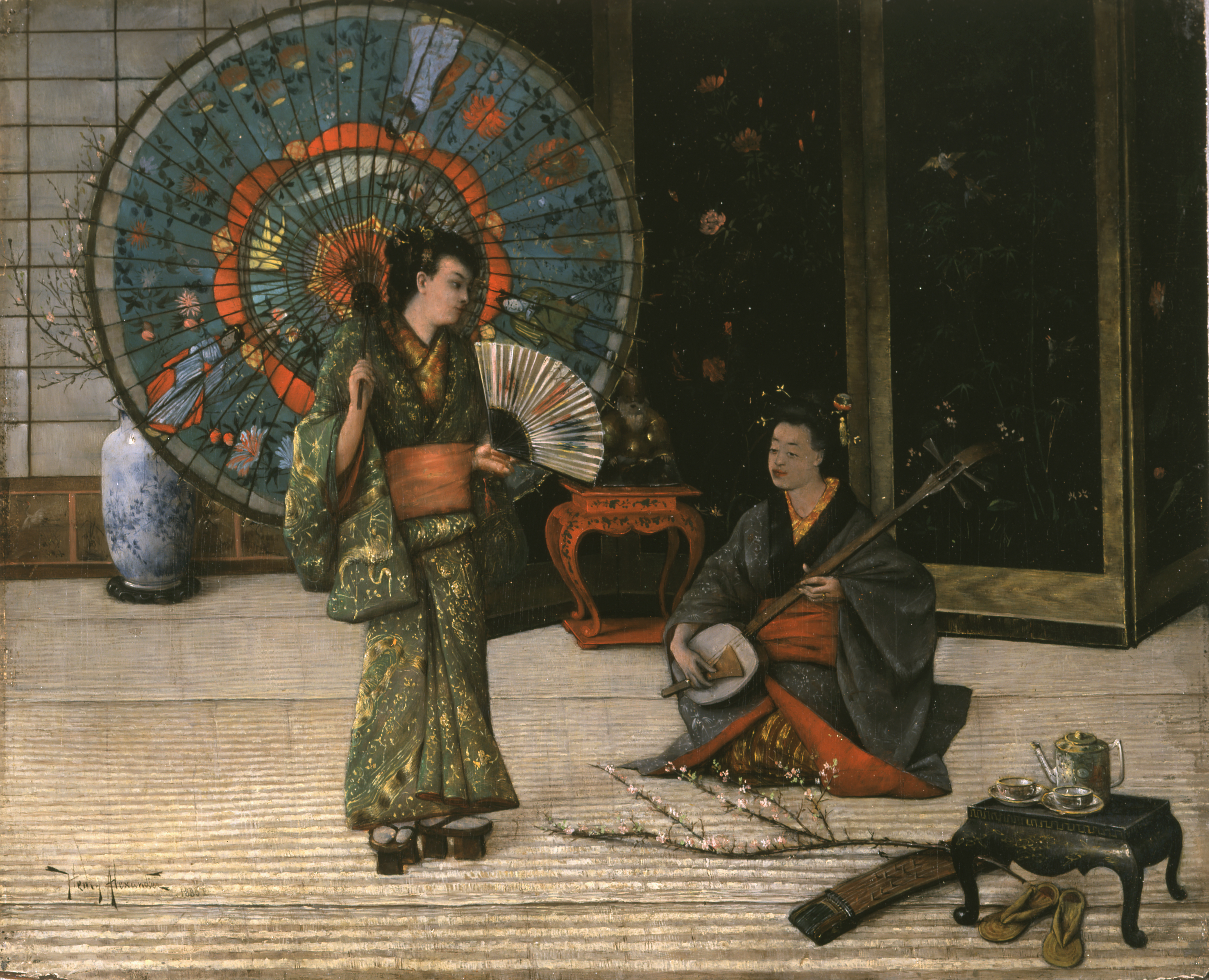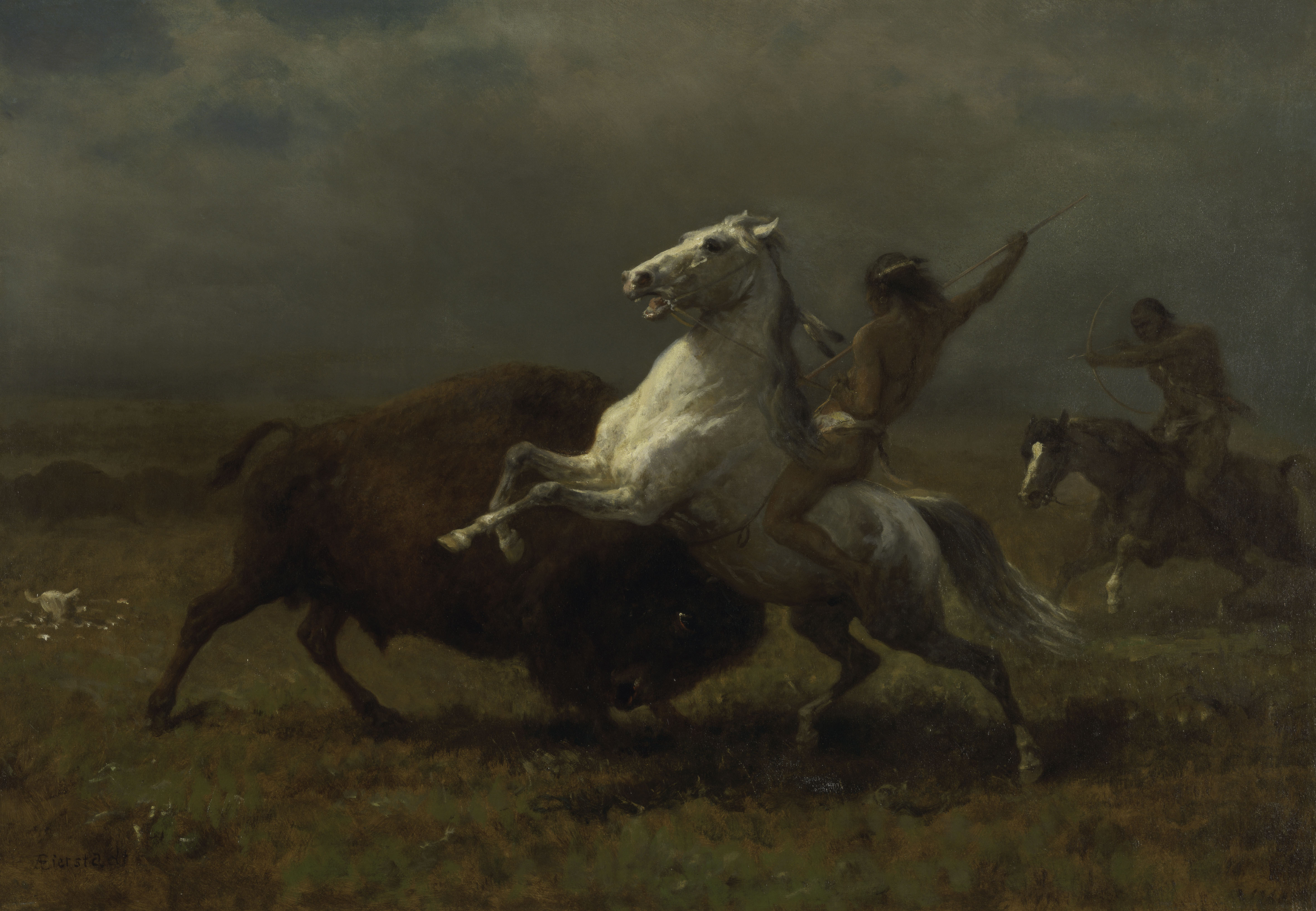Study for "Guard of the Harem"
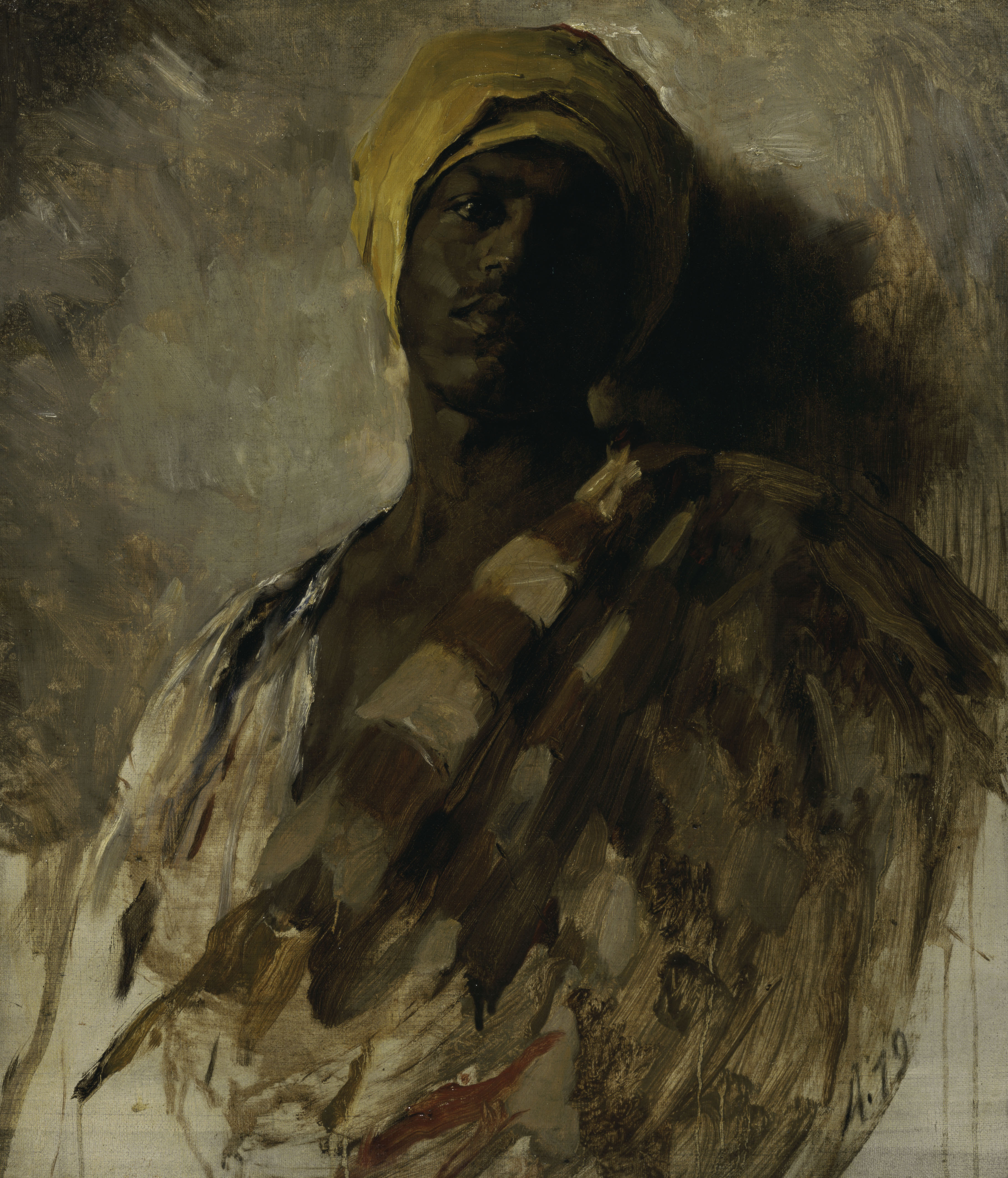
What is the impact of appropriation?
Influenced by Dutch old masters, Duveneck painted contemporary subjects using fluid brushwork and strong tonal values. The painterly, seemingly unfinished quality of this work contrasts with the more polished style of realism promoted in many art schools in Paris. The harem—a secluded, female-only space in a Muslim household—was a popular Orientalist subject because of its associations with exoticism, sexuality, and voyeurism.
